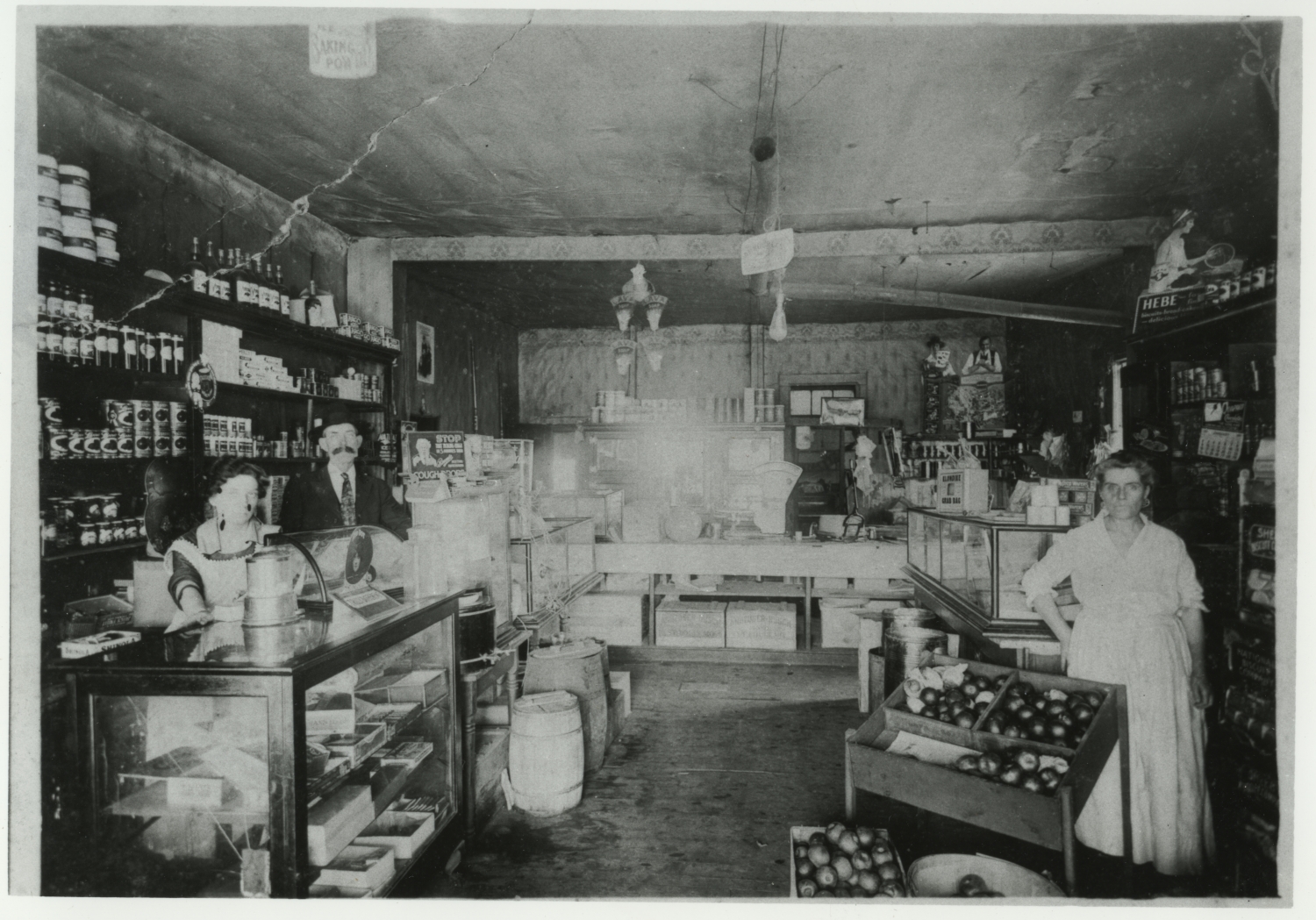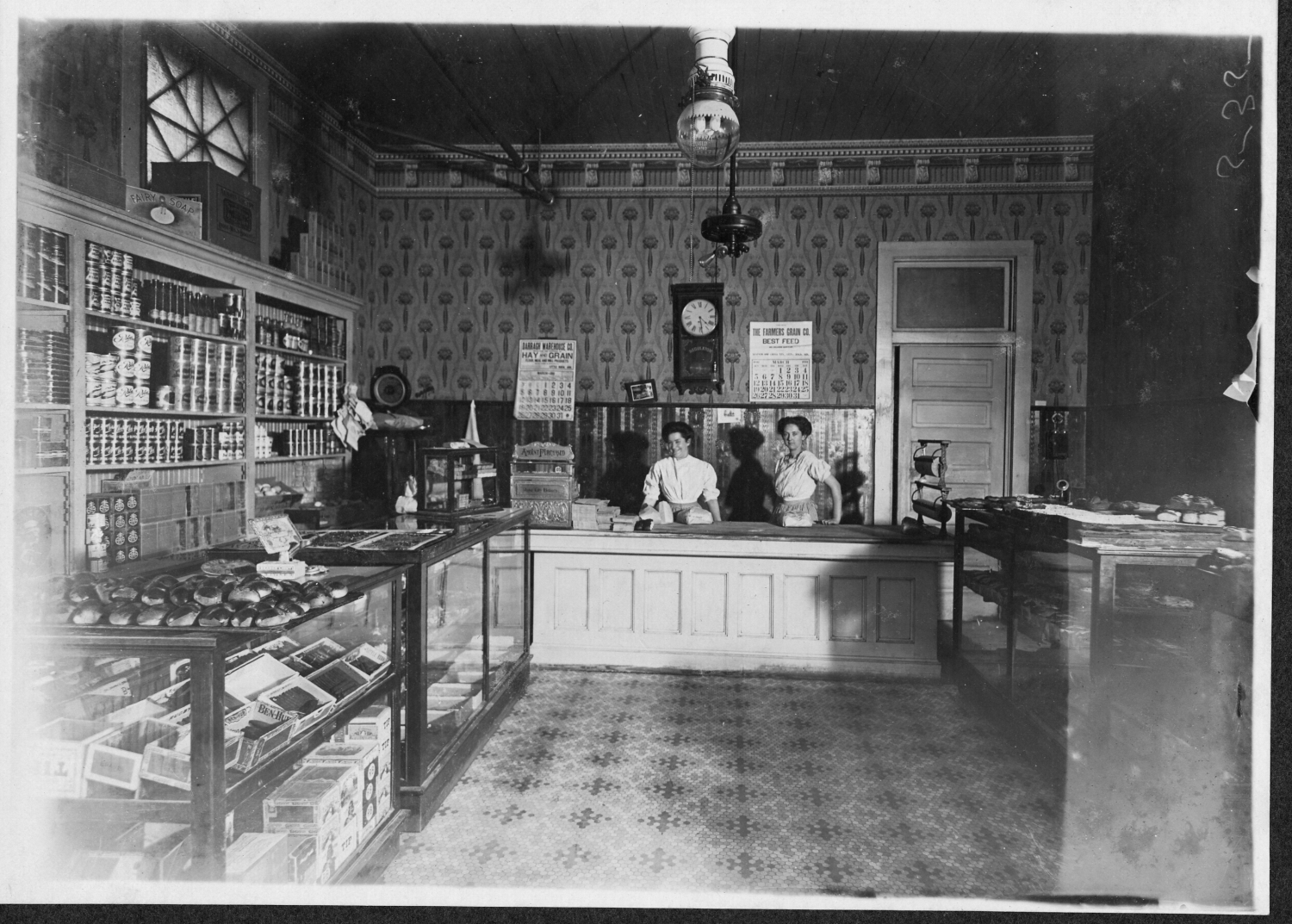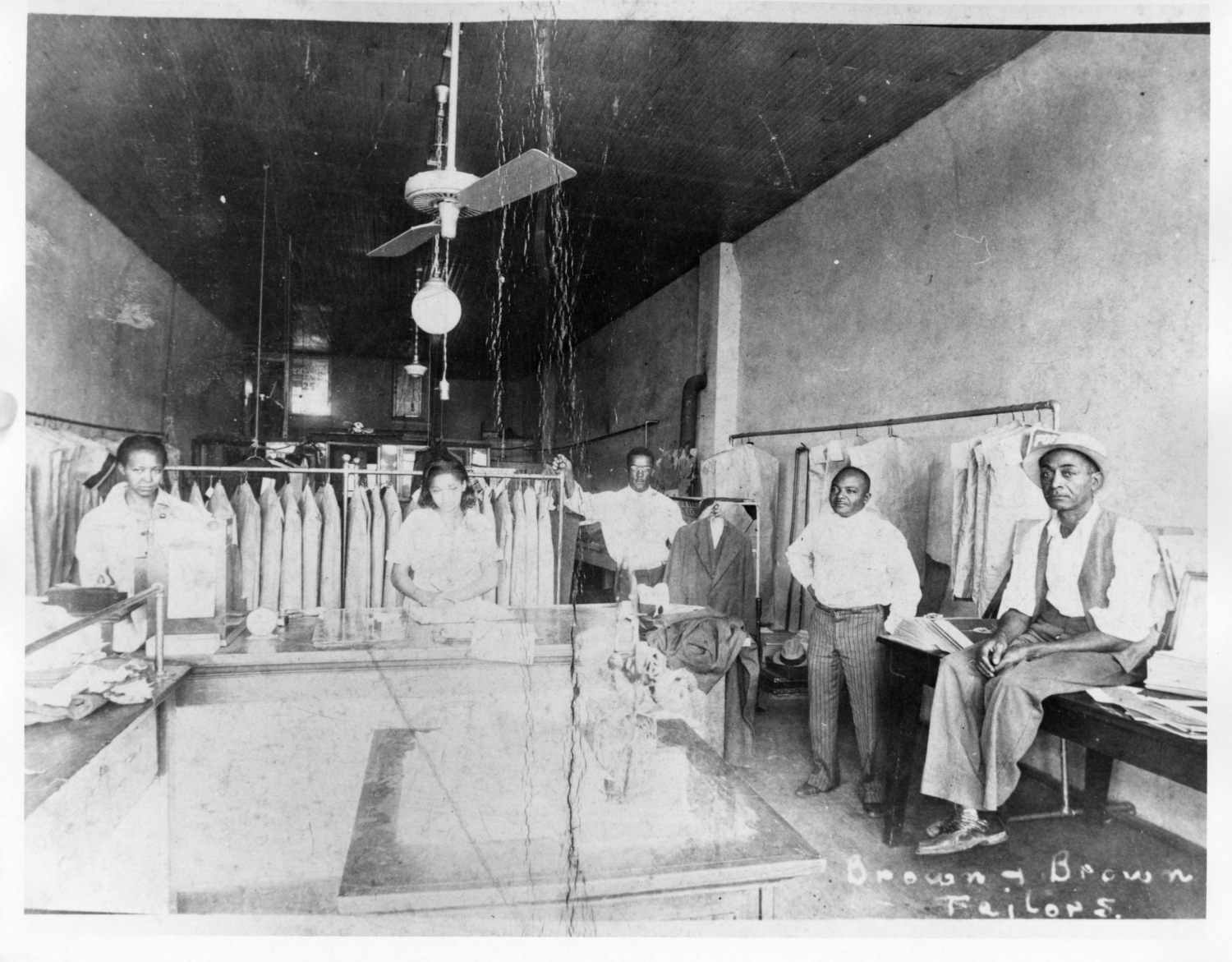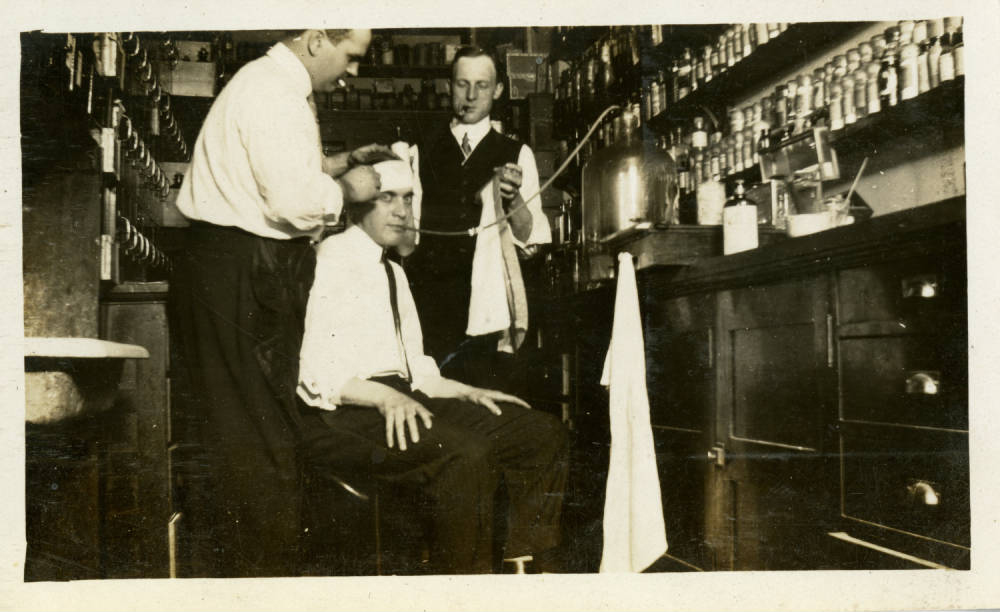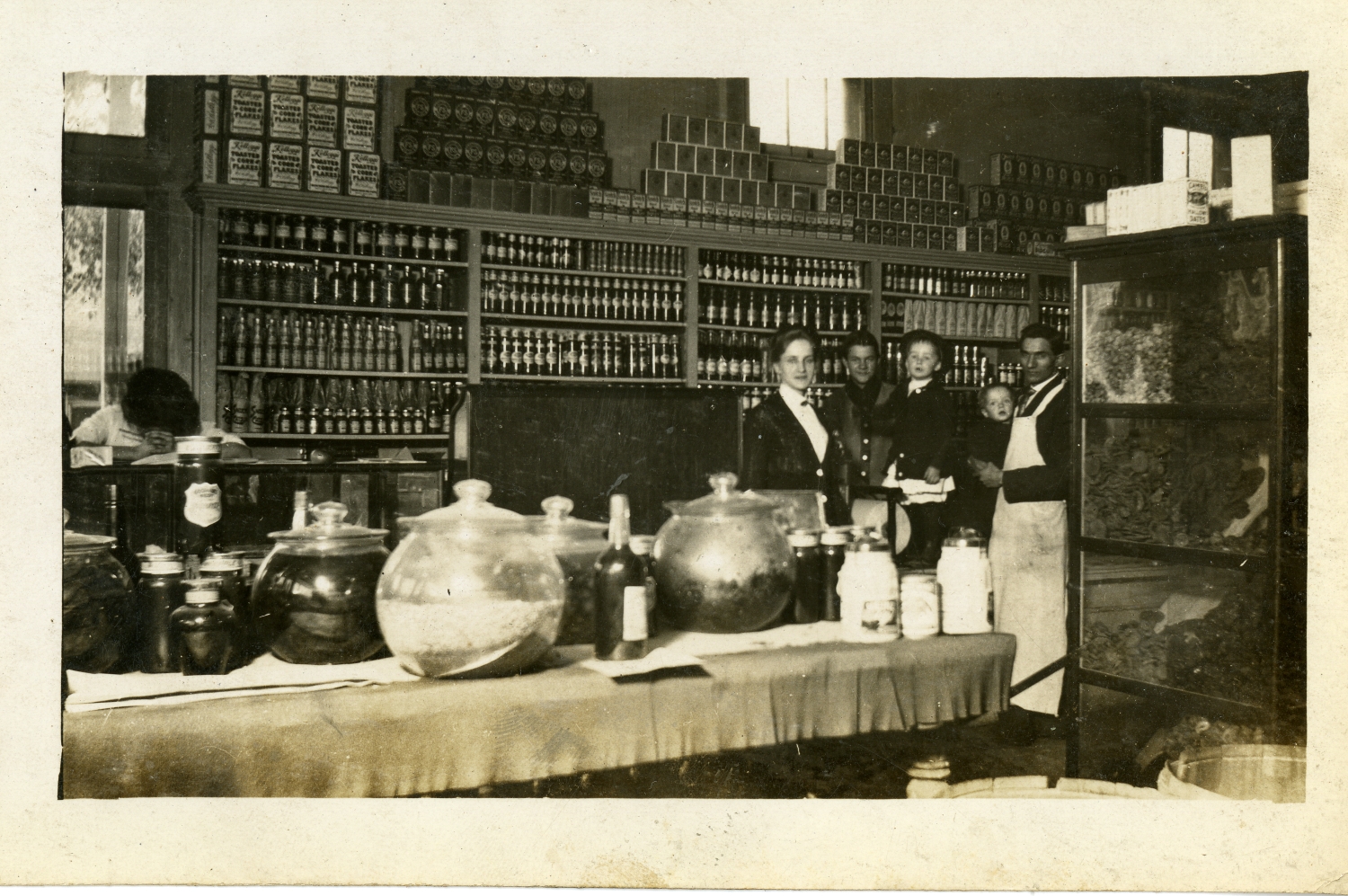Introduction
What we buy, how we buy things, and where we shop have been changing. In the past, people shopped at markets, where they could buy everything that they needed. Later, people shopped in small family-owned shops. Some shops were selling things that shop owners bought from people who produced them (producers). For example, butchers sold meat that they bought from farmers who had livestock, and florists sold flowers that others cultivated on their farms. Other shops made things that they sold. For example, bakeries sold bread that they baked, and tailor shops sold clothes that they sew.
In the late 1800s (19th century), big department stores became popular. They sold many items in one large building, from clothes and shoes to kitchen equipment and furniture. In the 1900s (20th century), small family-owned shops were slowly replaced by big stores and shopping malls. Instead of buying groceries at a neighborhood corner store, people started shopping in big grocery stores that are still popular today. Or, instead of going to a local tailor shop to get their dresses or pants made by a seamstress or a tailor, customers went to shopping malls where they could buy ready-made clothes.
Today, we often buy things on the Internet. Sometimes we do not need to go to a store at all because what we need arrives in our homes in packages by mail. In this activity, you will look at six black and white photos that show historical stores and shops. They will help us understand who worked in stores and shops in the past, where customers typically shopped, and what kind of items they bought.
Activity Questions
- What can we see in Photo 1? When and where was this photo taken? See the photo caption for more information.
- Who are the individuals in the photo? What is their job?
- What items did the Hills Bakery sell?
- Find a photo that shows a bakery in any Arkansas town or city today. Compare the bakery from the photo you found to the bakery in Photo 1. Are they the same or are they different?
- Have you ever been to a bakery? Did it look like the bakery in Photo 1?
- What can we buy in bakeries today? Is there a bakery where you live?
- Who works in a bakery today? What tasks and responsibilities do bakery workers have?
- What can we see in Photo 2? When and where was this photo taken? See the photo caption for more information.
- Who are the individuals in the photo? What is their job?
- What items did the Brown and Brown Tailors sell and what services did this shop offer?
- Find a photo that shows a tailor shop in any Arkansas town or city today. Compare the tailor shop in the photo you found to the tailor shop in Photo 2. Are they the same or are they different?
- Have you ever been to a tailor shop? Did it look like the tailor shop in Photo 2?
- Most clothes that we wear today are made in factories and bought in stores. Has anyone ever made your clothes for you? Who made them? How did they make them?
- Who works in a tailor shop today? What tasks and responsibilities do tailor shop workers have?
- Is there a tailor shop where you live?
- What can we see in Photo 3? When and where was this photo taken? See the photo caption for more information.
- Who are the individuals in the photo? What is their job?
- What items did this pharmacy in Little Rock sell? What services did it offer based on this photo?
- Find a photo that shows a typical pharmacy today. Compare the pharmacy in the photo you found to the pharmacy in Photo 3. Are they similar or are they different?
- Have you ever been to a pharmacy? Did it look like the pharmacy in Photo 3?
- What can we buy in a pharmacy today? What services do pharmacies offer to their customers today?
- Who works in a pharmacy today? What tasks and responsibilities do pharmacy workers have?
Grocery interior in Little Rock
- What can we see in Photos 4, 5, and 6? When and where were these photos taken? See the photo captions for more information.
- Who are the individuals in the photos? What is their job?
- What items did the grocery stores in Photos 4 and 6 sell?
- Find a photo that shows a typical grocery store today. Compare the grocery store in the photo you found to the grocery stores in Photos 4, 5, and 6. Are they similar or are they different?
- Have you ever been to a grocery store? Did it look like the grocery stores in these three photos?
- What items can we buy in a grocery store today? What services do grocery stores offer to their customers today?
- Who works in a grocery store today? What tasks and responsibilities do grocery store workers have?
Primary Sources
To learn more about the primary sources featured in the activities above, click the following links:
Arkansas Social Studies Standards
Social Studies (History)
- Strand: History
- Content Standard 12: Chronology, Change Over Time, and Contextualization – Students will analyze chronology, patterns of continuity and change over time, and contextualization of historical events.
- Grade 1 (Change Over Time): H.12.1.3 Compare present-day families, objects, and events with those in the past using visual representations, news stories, and artifacts (e.g. daily life tasks, food, clothing, transportation, communication, recreation)
- Grade 2 (Change Over Time): H.12.2.3 Compare life in your community past and present using maps, photographs, news stories, artifacts, or interviews (e.g. transportation, communication, recreation, jobs, housing)
- Grade 2 (Contextualization): H.12.2.4 Investigate ways individuals, groups, and events have shaped one’s community and other communities in the United States
- Grade 3 (Contextualization): H.12.3.4 Analyze individuals, groups, and events to understand why their contributions are important to historical change and/or continuity
- Grade 4 (Contextualization): H.12.4.4 Analyze the impact of individuals and events on the past, present and future
Key Terms
More Information
N/A
Downloadable Guides and Handouts
We encourage K-12 educators to use History Alive: Virtually! in a way that will best match their classroom needs. The “Exercise” handout includes a complete exercise as featured on this website, the “Primary Sources” handout includes only primary sources used in the exercise, and the “Questions” handout includes analytical questions from the exercise but is editable and can be easily changed to best match students’ needs.
History of Shopping – Exercises

